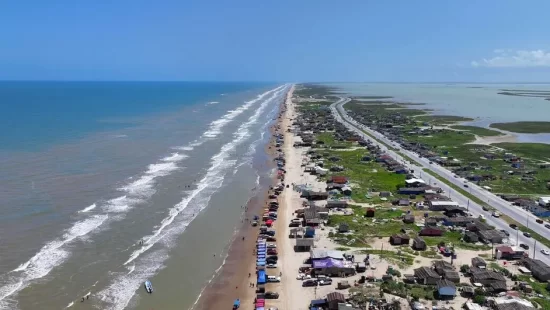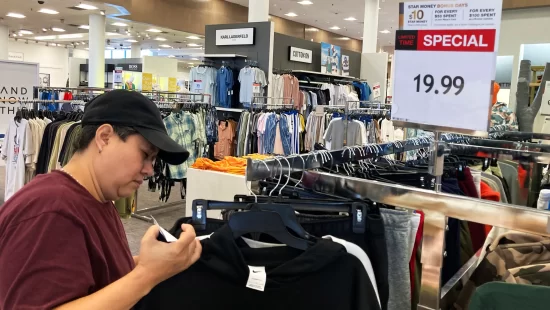If you’re serving hard time inside a California prison, you’ll often find yourself stuck in a cramped cell with a complete stranger. You hang a bedsheet to manufacture the semblance of privacy between bed and toilet. Any little thing can erupt into a source of tension and angst – body odor, snoring, lights on or off.
Each moment becomes a test to avoid confrontation or brawling. With no immediate help from officers, the fear and anxiety festers inside you. And day by day, your mental health deteriorates.
“You don’t necessarily know what the capacity of this person is, or like what their crime is,” said Steven Warren, a current resident inside San Quentin Rehabilitation Center. “You’re not told any of that when you’re put in a cell with them.
“I don’t know if this person has the propensity to murder me in my sleep or commit a violent act against me just because they’re feeling some kind of way.”
Some California policymakers and prison officials believe it’s time to rethink these potentially harmful housing situations. They contain that offering more single-occupancy cells might serve the best interests of prison residents and public safety.
That’s possible because California’s incarcerated population continues to decline — from its peak of over 173,000 people in 2006 to just under 90,000 today. A handful of prisons have closed, while changes in resentencing and parole eligibility have helped release thousands of individuals.
Under former Gov. Jerry Brown and now Gov. Gavin Newsom, rehabilitation and reentry opportunities remain a growing focal point, too. San Quentin Rehabilitation Center stands at the forefront of the discussion, with an “earned living” housing unit comprised exclusively of single-person cells and plans to similarly repurpose the vacated Death Row buildings. A spokesperson for the prison said it is “working toward” making single-person cells available to all incarcerated people by spring 2026.
A bill advanced in the California Legislature this year that aims to establish single-cell units at more prisons. The measure did not make it to Newsom, but it’s expected to return in 2026. “We want people to have the opportunity to return back to our community, and we want them to do that in the healthiest manner,” said San Francisco District Attorney Brooke Jenkins, who helped draft the legislation.
“You can’t do that if you’re in an environment that causes chaos and stress — or you can’t sleep, you’re having confrontations, you’re irritable because you’re sleeping with one eye open.”
This story was written by Joe Garcia, a California Local News fellow with CalMatters. It is a condensed version.








